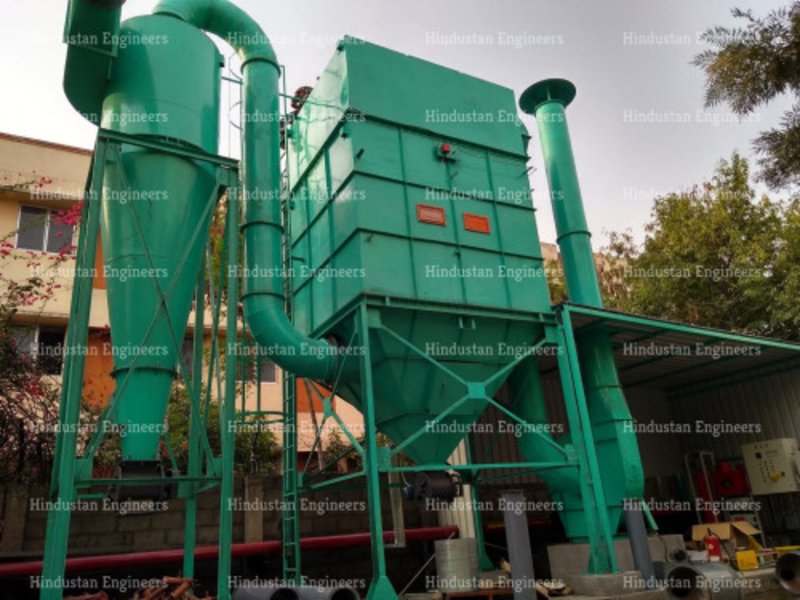Pollution control equipment refers to a range of technologies and devices used to mitigate or eliminate pollution generated by industrial processes, vehicles, and other sources. These equipment systems are designed to capture, treat, or prevent the release of pollutants into the environment, thereby reducing their impact on air, water, and soil quality.
Here are some common types of pollution control equipment:
Air pollution control equipment: These devices are used to remove and reduce airborne pollutants such as particulate matter, volatile organic compounds (VOCs), nitrogen oxides (NOx), sulfur oxides (SOx), and hazardous air pollutants (HAPs). Examples include:
Electrostatic precipitators: These remove particulate matter by applying an electric charge to collect particles on charged plates.
Scrubbers: These use a liquid or gas to scrub and remove pollutants, particularly gases like SOx and NOx.
Catalytic converters: These devices are commonly used in vehicles to convert harmful exhaust gases into less harmful substances through catalytic reactions.
Baghouses: These capture and remove dust particles using fabric bags as a filtration medium.
Water pollution control equipment: These systems are designed to treat wastewater or industrial effluents to reduce the presence of pollutants before discharge into water bodies. Common types of equipment include:
Biological treatment systems: These use aerobic or anaerobic processes to degrade organic pollutants through the action of microorganisms.
Clarifiers and sedimentation tanks: These facilitate the settling and removal of solids from wastewater through sedimentation.
DAF (Dissolved Air Flotation) systems: These remove suspended solids and oils by introducing air bubbles to float and separate contaminants.
Chemical treatment systems: These employ chemical processes to neutralize or precipitate pollutants for removal.
Solid waste management equipment: These systems are used to manage and treat solid waste, including municipal waste, industrial waste, and hazardous waste. Examples include:
Incinerators: These burn solid waste at high temperatures, reducing the volume and converting waste materials into ash and gases.
Landfill liners and leachate collection systems: These help prevent the contamination of soil and water by collecting and treating leachate, the liquid generated from waste decomposition in landfills.
Shredders and compactors: These devices are used to reduce the volume of solid waste for more efficient transportation and disposal.
Noise control equipment: Noise control equipment aims to reduce excessive noise levels produced by industrial machinery or other noise sources. Examples include:
Sound enclosures and barriers: These structures are designed to restrict and absorb sound waves to prevent noise transmission.
Silencers or mufflers: These devices are used to reduce noise emissions from exhaust systems or industrial equipment.
Emission control equipment: This category includes various technologies designed to control the emissions of pollutants from industrial sources, vehicles, and power plants. Examples include:
Selective catalytic reduction (SCR) systems: These use a catalyst to convert NOx emissions into nitrogen and water vapor.
Particulate filters: These capture and remove particulate matter from vehicle exhaust systems or industrial flue gases.
Gas scrubbing systems: These remove pollutants such as hydrogen sulfide (H2S), chlorine (Cl2), or ammonia (NH3) from exhaust gases.
The selection and implementation of pollution control equipment depend on the specific type of pollution, its source, and the regulatory requirements. In many cases, a combination of technologies may be employed to address different types of pollutants and ensure effective pollution control.
Overall, pollution control equipment plays a crucial role in minimizing the environmental impact of industrial processes and other pollution sources, helping to protect human health, ecosystems, and the environment as a whole.

